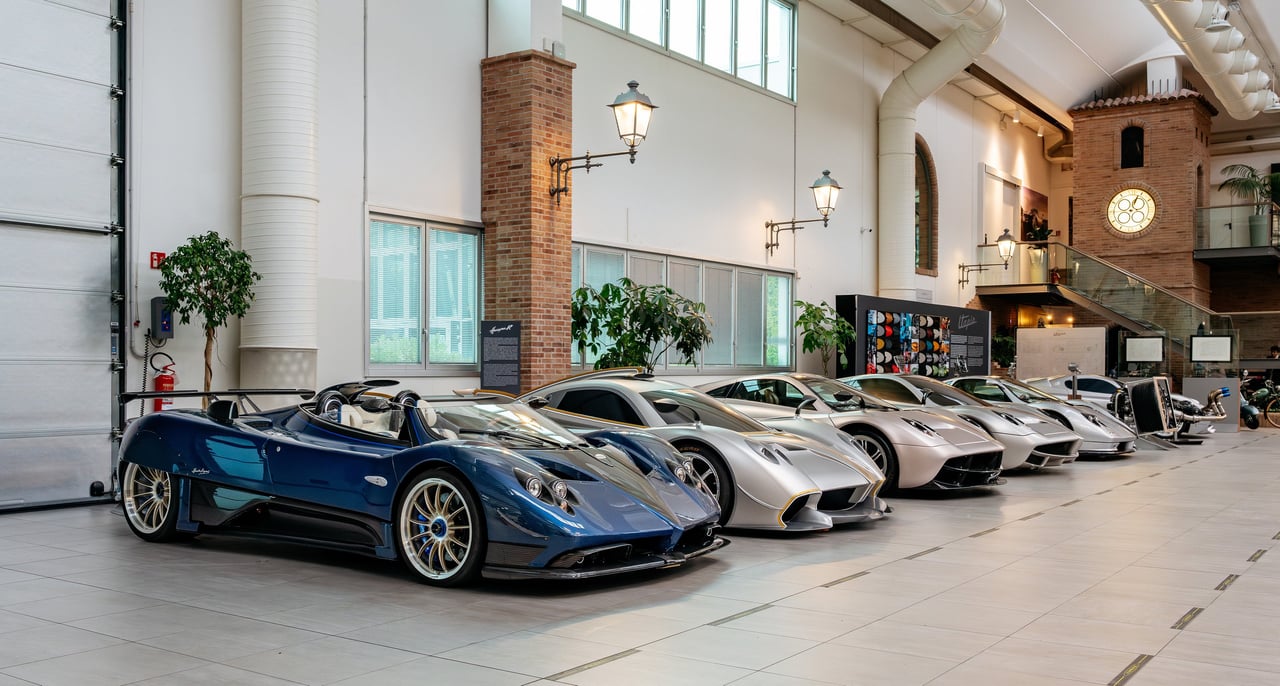
Perhaps no other new manufacturer of the past few decades has managed to capture the essence of the hypercar in the same way as Pagani. Automotive icons such as the Zonda, Huayra, and now the Utopia ooze poster car appeal like nothing else on the road and retain the level of exclusivity that Ferrari and Lamborghini lost some years ago. This year, Pagani celebrates its 25th anniversary and ahead of FuoriConcorso Aero, where they will exhibit a very special Zonda HP Barchetta Revo, we were lucky enough to speak with Horacio Pagani himself to find out what makes one of the automotive world’s foremost designers tick, and what the future holds for Pagani Automobili.


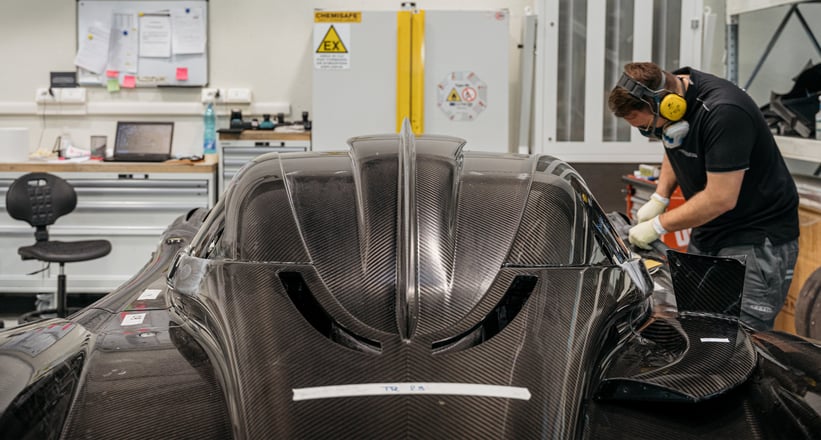
How did your love of cars start and when did you first become interested in car design?
I have to admit, I was really lucky to discover my passion for cars early on when I was a child. It started when I first saw cars driving in my city in Argentina and later continued through some magazines sold in my country, in which there were mostly race cars, but sometimes even some articles on international motor shows or Gran Turismo presentations. In this way, I got to know the sports cars of Ferrari, Lamborghini, Maserati, Jaguar, and Aston Martin. I fell in love with those kinds of vehicles and began to design them. At eleven years old, I started to make models of them, which today are kept in our museum. Ever since that age, I’ve held onto this dream of mine and never let it go.

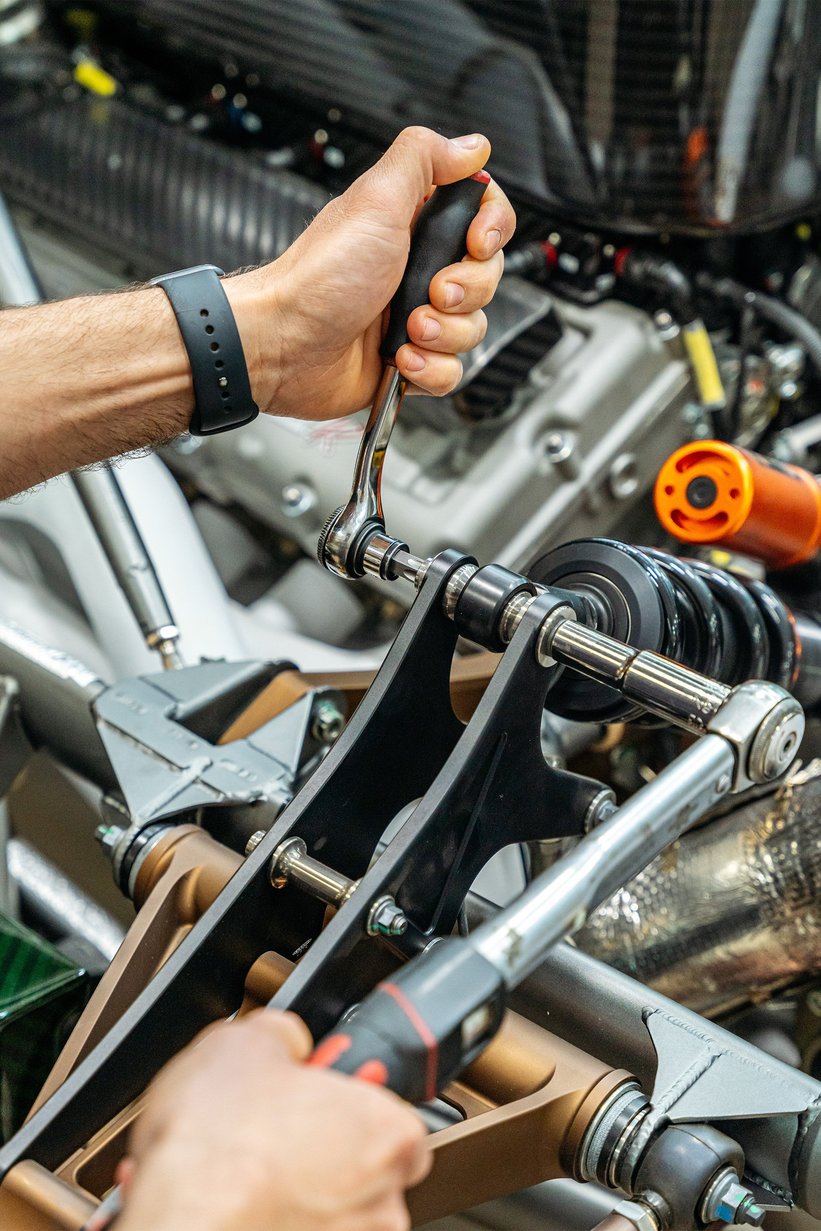
What was your first car, and what was your dream car at that time?
My first car was a kind of Buggy. I remember that I bought an old Renault Dauphine from a demolitionist. I disassembled it and took all of the parts to create a one-of-kind model. I was 17 and used this car for a long time and I can tell you that it was an incredible experience. Similarly, I was really passionate about my first dream car: a red Jaguar E-Type owned by a man in my city. I would race behind it on my bike, but I was obviously unable to catch it. However, whenever its owner parked it at the gas station he ran, I would gaze at it from all sides for hours on end. It really was an amazing vehicle.
How did you make the leap from car designer to CEO of one of the world’s greatest supercar companies?
In truth, I always dreamt of being a designer and building my own cars ever since I was a child. In 1978, I was 21 and living in Argentina when I first built a race car. In essence, that was the first Pagani. Then I went to Italy and began to work at Lamborghini. Later, I founded a company to process composite materials which would later go on to become Modena Design. Afterwards, 25 years ago, Pagani Automobili’s history as a Hypercar manufacturer began.

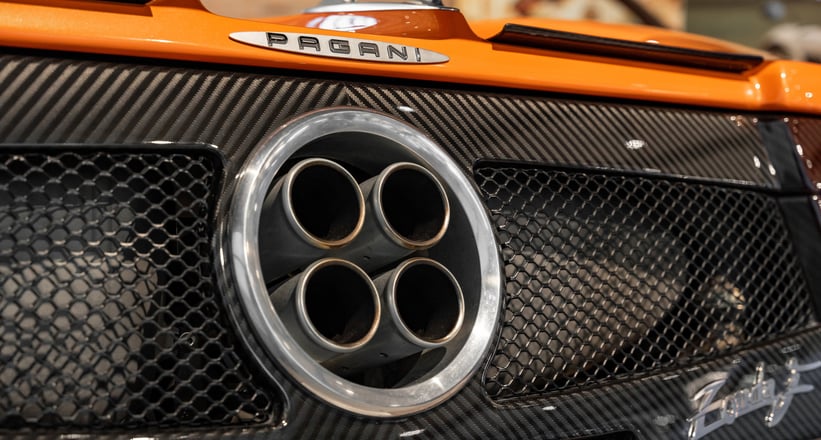

How have supercars changed over the past few decades, and what separates Pagani Automobili from the rest?
Supercars have changed because a new category was created, the Hypercar, which is made up of even more extreme vehicles. We are located in the Motor Valley, a territory with a massive automotive heritage including historical brands like Ferrari, Maserati and Lamborghini. Each of these automakers has a distinct personality and makes exclusive products. We are the smallest one and only make one car a week. This allows us to pay meticulous care to every detail to create one-of-a-kind objects our customers are willing to pay a lot for. Moreover, by practically having no budgetary constraints, when we start to design we are free to draw on state-of-the-art materials and technologies. We dedicate a lot of time and resources to the design. I have to say that up until now there has not been one customer who has complained about our meticulous and lengthy work.
Are there any cars or designers that have influenced your work over the years?
Yes, there are many cars I truly love. Unbelievable cars. I am thinking about the Miura, the Ferrari 275, the Jaguar E-Type, the Porsche 917. But I am also thinking about projects by Giugiaro and Bertone. All of these cars have enhanced our passion and understanding. However, as the designer and founder of this company, I can confirm that we always look to set ourselves apart and make sure Pagani hypercars do not imitate other models. They might be deemed ugly or beautiful. It doesn’t matter. What’s important is that they are original and when people see them, they say “That is a Pagani”. The biggest task over the last few years has been to create timeless vehicles which are design pieces rather than style pieces. This is the main difference.

How have aerodynamics influenced your car design? Is there anywhere where the aerodynamics take priority over the artistry?
Huge strides have been made in aerodynamics, not only for the exteriors but the interiors as well. Today we can analyze our work through CFD calculations and simulations in wind tunnels. We have been able to show, first and foremost to ourselves, that aerodynamics do not always come at the expense of aesthetics—quite the opposite. We have seen this both with the Utopia and the Huayra. By attempting to improve the aesthetics of the vehicles, we have also been able to improve the aerodynamic features. You see, this is the legacy left to us by Leonardo da Vinci: art and science can go hand in hand. It is only essential for there to be a shared culture among engineers and designers in order to create solutions which are effective as they are beautiful.


Is there a single model from Pagani’s history that you are most proud of? Do you have a favourite car that Pagani has built?
Let’s say that every car we have created has its own space and small piece of history. The Zonda, for example, put Pagani on the map. It was our first car and we put lots of effort and sacrifice into it, working day and night. For this reason, we are really attached to this model. This is no less true for the Huayra and Utopia, vehicles full of cutting-edge technology, new concepts, and sophisticated materials like carbon-titanium. Each of the three vehicles I have mentioned have allowed us to grow and invest more and more into research and development. In the end, that’s why I am deeply connected to all of them, but in love with none of them. It might seem like a contradiction, but it isn’t. I think that falling in love with a model can stop you from showing the objectivity which is necessary for carrying out scientific work such as ours. In short, I love my job but I do not fall in love with my creations.
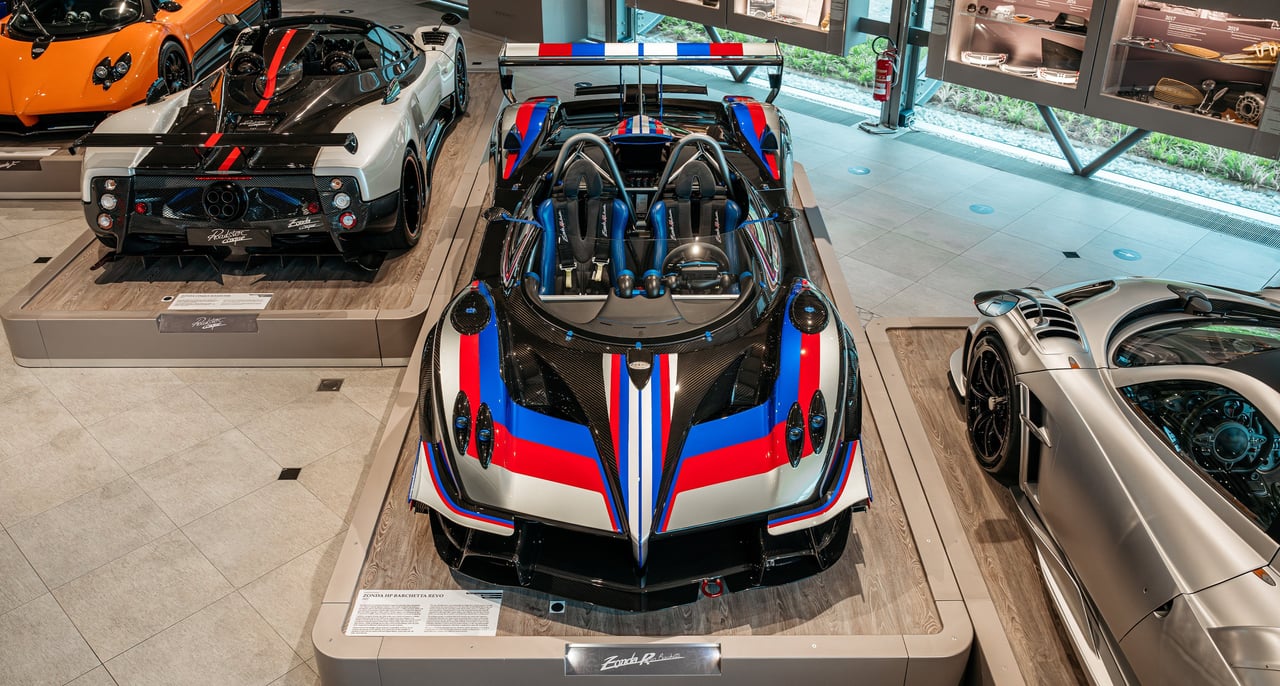


Tell us more about the Pagani HP Barchetta, what served as the inspiration and why is this car worthy of having your initials in its name?
The Barchetta is a slightly “stupid” car that I built for my 60th birthday. What I mean to say is that it is a vehicle that I only made for myself to satisfy a personal desire. It is not meant to be anything more than an extremely egotistical object. It is a completely open-top car with an extremely low windshield which was created for enjoying the wind in your face and the excitement of feeling everything, including the roar of the engine. In the interior, there are the same materials which cover the seat of the Fangio race car. So, the vehicle has a certain kind of originality. We were supposed to only make one, but our customers insisted we make three. We built them and opted for a private auction for their allocation, allowing multiple customers to participate in it.
Where do you see Pagani heading in the next decade?
I am optimistic in the sense that we have to continue making beautiful cars which provide emotions. We invest a lot into technology, so our cars will continue to be at the state of the art of motoring. Constant improvement is not only a philosophy: €14 million invested in 2022—11% of turnover— and 69,400 hours made into Research and Development. Always improving, every day. At Pagani there is no space for words like success or perfection because success and perfection come from constant research, dynamism, and the movement of minds and hands. The average age of our employees is 32, so I am confident that with these young people who are full of new ideas, the company cannot help but grow over the next ten years.

To end, we have to ask: what are you most looking forward to at FuoriConcorso?
I think that FuoriConcorso is a truly wonderful event because there are an incredible number of cars, and I can’t wait to go there and enjoy them like a kid in a candy shop. I am really eager to see these beautiful and thrilling vehicles up close and experience the same sensation I felt other times when visiting Villa d’Este and the surrounding villas during these days dedicated to the beauty of timeless design.
Classic Driver is excited to be the exclusive media partner for FuoriConcorso. If you'd like to hear more fascinating insights, Classic Driver’s CEO J.P. Rathgen will be hosting a talk about aerodynamics at FuoriConcorso Aero on Saturday afternoon with Horacio Pagani, Christian von Koenigsegg, aerodynamic specialist Dr. Ralf Häßler of Porsche, Dallara engineer Dialma Zinelli, CEO of Pininfarina Paolo Dellachà, and Alex Gibson, Head of Colour & Materials Design at McLaren. You won't want to miss it!
Photos by Andrea Luzardi and Pagani Automobili




















